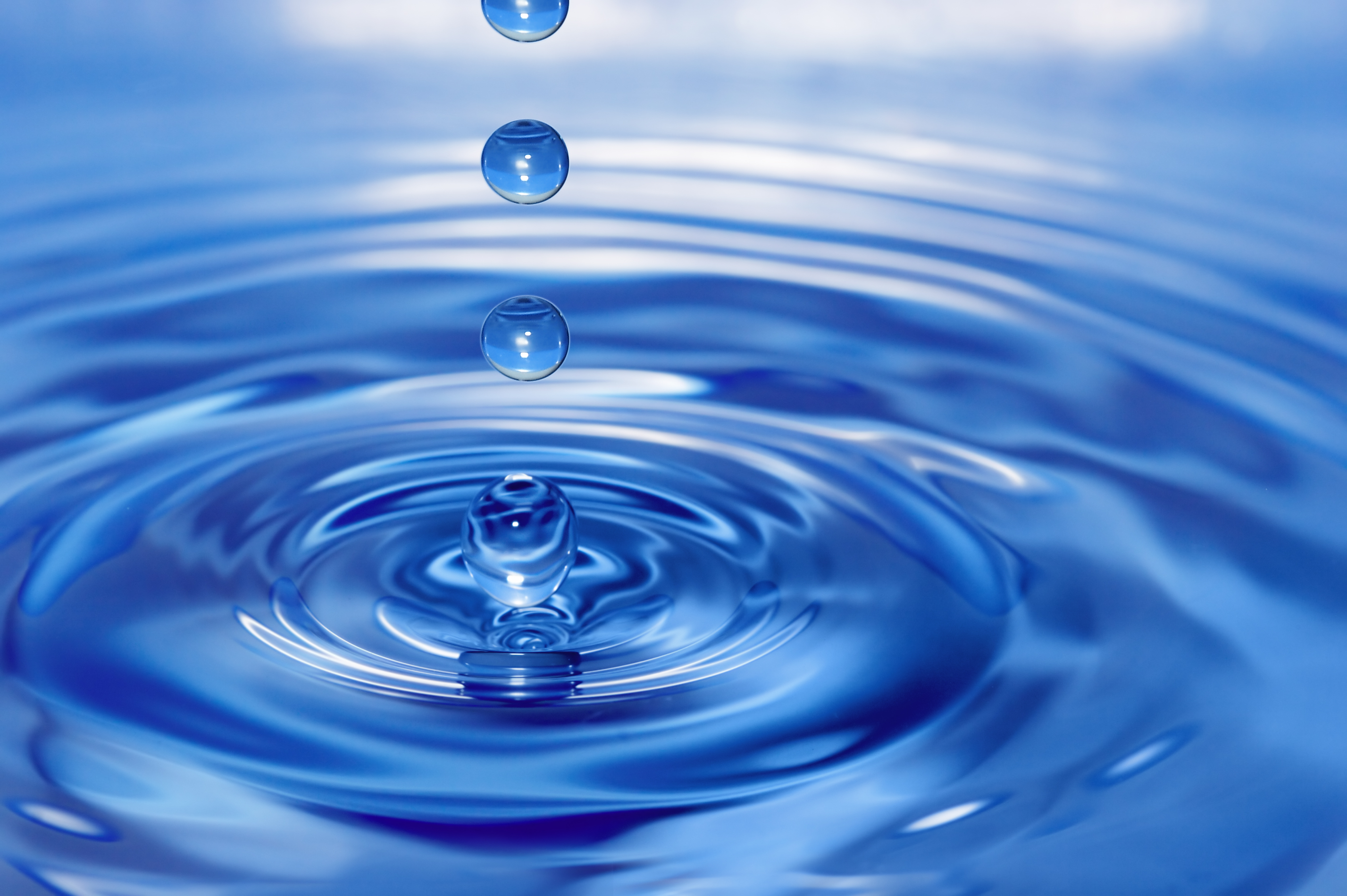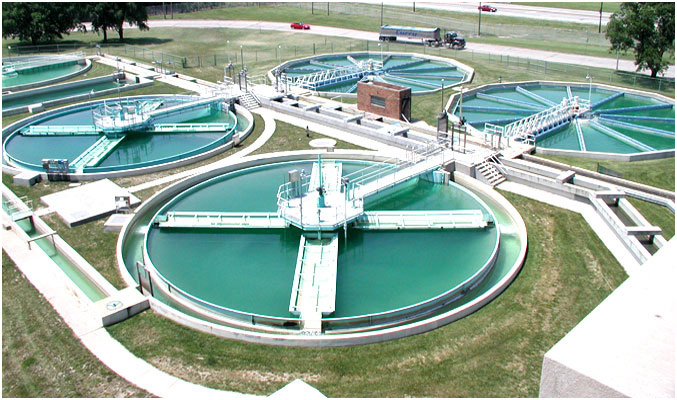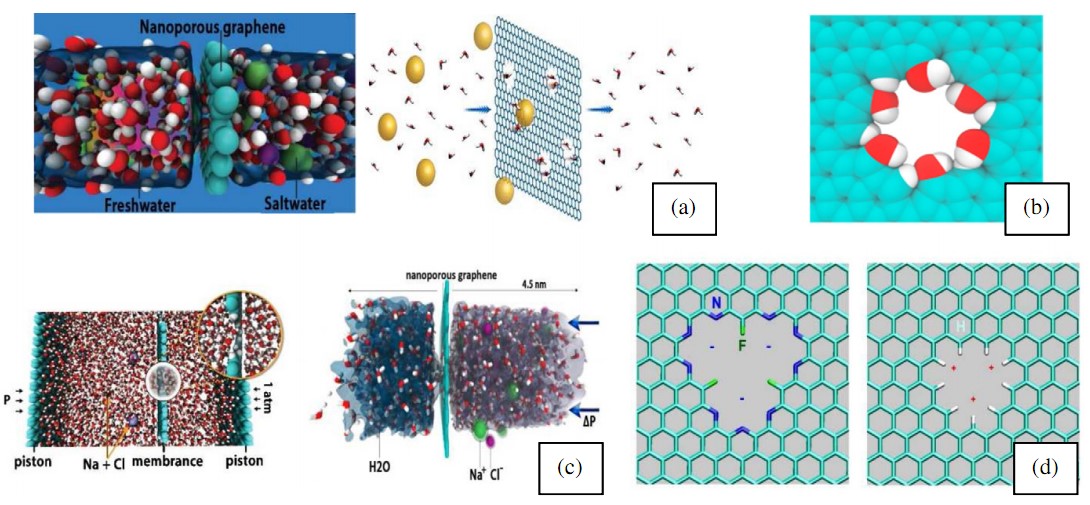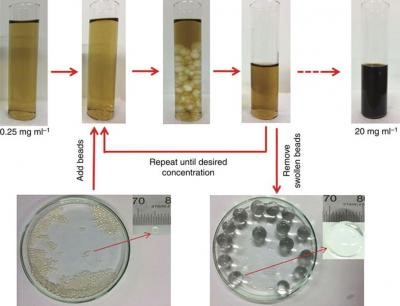Effect of Graphene on Water Treatment

It is often said that water is the source of all life, and as such is essential for organisms. If there is a shortage of water, there will be great difficulties in maintaining our normal lives. However, a larger issue is the potential shortage of food which may arise from the shortage of water needed for farming. Fresh water shortage is a problem which has existed throughout the whole world for a long time, and the need for the development of effective water purification and seawater desalination technologies is greater than ever.
About Water Treatment
In contrast to the ever increasing water usage resulting from the rise in world's population, urbanization and industrialization, due to water shortage and pollution it is becoming more and more difficult to acquire clean water. Therefore, the water treatment process, which processes dirty water to be suitable for specific roles, is considered very important.
Every water treatment procedure includes steps removing solids, bacteria, microorganisms, algae, inorganic compounds etc, and these steps can be separated into 3 main steps. The first step is removing larger particulates via screening and sedimentation of untreated water. During this process 50~60% of particulates are removed. In the subsequent second step, organic compounds dissolved in the wastewater are removed by biological processing. Microorganisms break down organic materials and convert them to carbon dioxide, water or energy. In the third and final step, any remaining pollutants are chemically processed, treating the water so we can drink it safely.

Figure 1. Water treatment facility. Source: Techstream
Graphene and water treatment
In addition to the worldwide water shortage, there is an increasingly louder cry demanding a greater confidence in the condition of clean water. As a result, many active research for low-cost and energy-efficient water treatment technology are underway. Especially of note, many scientists researching nanotechnology have suggested the potential of water purification technology utilizing a new material known as graphene.
Graphene has many excellent characteristics such as strength, conductivity, transparency etc, but most importantly its hydrophobic property preventing mixture with water can be used effectively during water treatment. Graphene pushes away water, but when small pores are created, water infiltrates at a high speed. Based on this idea, if micro-pores are made in graphene, it can be used for the processes of purification and desalination of water.
Graphene sheets with tiny pores can allow water molecules to pass through, but pollutants and other materials will not. If the size of the pore is adjusted, materials such as salt can be filtered based on their molecule size. The desalination process using graphene membrane is depicted in Figure 2.
Compared to other membranes, graphene is a nano filter, therefore possessing several advantages. Graphene is composed of just one atom layer, the thickness factor is all but irrelevant and mechanically it is very strong, able to withstand strong water pressure. This allows water to be transported rapidly.

Recently, membranes made of graphene oxide (GO) is being implemented in desalination technology. The graphene oxide sheet is different from a regular graphene sheet in that it is coated by hydroxyl molecules. GO sheets are widely used as it is easy to fabricate, has good strength and can be mass produced. There are research results showing that thin membranes made from GO is not capable of passing through all types of gas, steam and water. In addition, it is believed that by using this property to make a complex mesh, it will be possible to rapidly separate different atoms of similar sizes. This opens the possibility of a faster and more convenient method of processing seawater to fresh water
Recent Advances in the field of graphene water treatment
In January of 2016, a Manchester University research team proved that graphene simplifies the production for heavy water and can purify nuclear wastewater by filtering different isotopes of hydrogen. This process is much cheaper and simpler for producing heavy water, costing just one tenth of the energy required for the existing method. The graphene membrane filters the proton hydrogen nucleus from the heavy hydrogen nucleus, which is an isotope of hydrogen. The research team found that the proton was effectively filtered by a membrane which was one atom layer in thickness, and by creating a device 1 cm in size, was able to successfully separate hydrogen from a compound of heavy hydrogen and hydrogen.
In March of 2016, research teams from Australia and US developed a GO with viscosity low enough to be spread very thinly, capable of moving water through 9 times faster than the existing filter. Research teams explained that such technology made graphene uniform and provided special capabilities of catching viruses and bacteria in the filter.

Figure 3. Graphene Oxide. Source: inhabitat
Constant research is being undertaken to commercialization of water treatment technology using graphene. There is hope that in the near future, by taking advantage of graphene's light weight and cost reducing properties, portable heavy water filters and desalination equipment will be developed.
[References]
- http://www.graphene-info.com/graphene-membranes-aid-cleaning-nuclear-waste-and-producing-heavy-water
- http://www.graphene-info.com/graphene-water-treatment
- http://www.sciencedirect.com/science/article/pii/S0011916415001915
- Aghigh, Arash, et al. "Recent advances in utilization of graphene for filtration and desalination of water: A review." Desalination 365 (2015): 389-397.
-http://inhabitat.com/incredible-kohler-clarity-purifies-drinking-water-for-less-than-one-cent-a-day/



